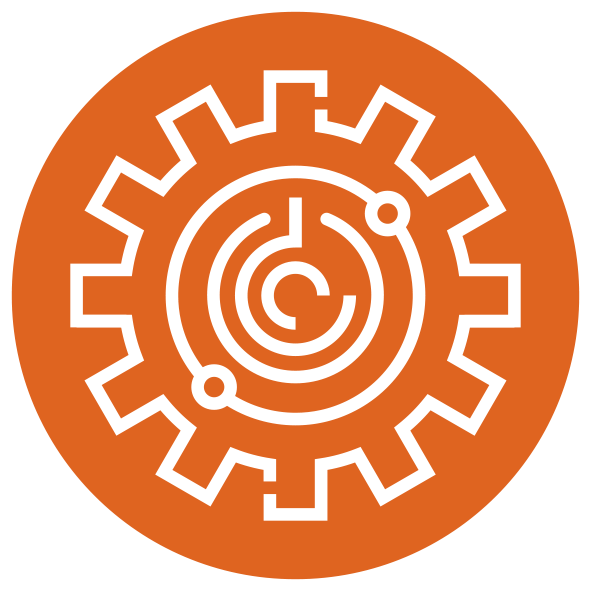Submitted by Andrew Neil Gray
on November 24, 2017

QUANTUM SHORTS 2017: RUNNER UP, OPEN CATEGORY
>> Read an interview with the author
The week I was granted my PhD my girlfriend of five years left me. “At least I waited,” her note read. “It seemed unfair to leave before you finished defending your thesis.”
The apartment echoed. I owned so few things. A towel. A sad plate and spoon. She left me a lone jade plant. I ate my soup and ruminated; she had been the endoskeleton of my life. A support I hadn’t noticed until it was gone.
I had work, at least. There was always that.
I graduated into a vibrant job market. It was a time of global competition for quantum AI supremacy. Qubits and entangled photons underpinned much of the world’s economy, but there was a problem. A problem that gobbled up PhDs as fast as our universities could produce us.
From the ruins of Beijing I send a rose to you. The rose is ashes. My hands all in ashes. I speak and ashes fall from my mouth.
Four years ago, shortly after Brianna and I moved in together, quantum communication systems around the world began to exhibit something we eventually called entropic accumulation. At first, engineers saw it as unexpected noise; they invented algorithms to remove it. But quantum computers soon developed similar issues, expressed as errors in computation. Nobody could solve it. Money flowed.
After graduation, I was hired by a national laboratory. Work was chaotic; our best minds continuously threw ideas at junior associates like myself, pressing us to test them out. It absorbed as many hours as I cared to devote to it.
Brianna had said the jade plant was one thing I shouldn’t be able to destroy through neglect. I managed to kill it in five weeks.
For longer than the Emperor sits enthroned in Berlin my love for you will burn. But your parents have forbidden our match and you are betrothed to another. Oh, sweet pain! Stab my heart with needles! I am woe embodied.
Error correction absorbed more and more processing cycles. At this rate, we would have to abandon quantum computation in few years. Return, defeated, to the classical world. The economic cost measured in hundreds of billions.
I suggested, tentatively, to my supervisor that the symptoms looked like a type of crosstalk. “These circuits are entirely quantum,” she snapped. “Crosstalk can’t happen.”
But I had an idea, and couldn’t shake it. The many-worlds explanation for the processing power of quantum computers had fallen from favour, but it had not been disproven. If it was true, if the qubits of our computers were smeared across countless universes in superposition, then perhaps something akin to crosstalk could happen. Information could leak through.
Online, obsessive amateurs shared samples of noise removed from quantum communication channels. They were convinced it held meaning. They ran deep learning algorithms on it, turned it into audio waveforms. But it stubbornly remained noise.
They call it internal exile. Ha! I was internally exiled long before they sent me to the Alaskan gulag. My only regret is being apart from you. We hack at the frozen ground with picks, an idiotic labor. I can barely remember your lips.
I stayed late often at the lab, loaded noise files into our own straining quantum machines. The problem with the obsessives, I realized, might simply be that they lacked the resources to prove or disprove their theories and existed in a superposition themselves, all the possible states of their speculation true and false at the same time.
One morning a line of text floated on my monitor. From the ruins of Beijing I send a rose to you. My lonely triumph.
The algorithm I developed opened everything. The nets went wild decoding the noise. An overwhelming torrent of information followed, in all the known languages of the world and many unknown. They were collected. Curated. As many people did, I found fragments that spoke to me.
That mating season in the Southlands. Do you remember our scent trails in the marshes? The way the noble Pztach groaned as you stung it? Oh, the feeling once I’d laid my eggs—our eggs—in the beast. That bright future we were both so sure of. Where have those days gone now?
Unfortunately, I hadn’t solved the problem, just provided fodder for discussion boards and tabloids and nascent religions. I did, however, get my own office.
I worked with a quiet woman named Ana-Luiza. I barely noticed her until she sat with me at lunch one day. A surprise. “I’ve been thinking about entropy,” she explained. “Manipulating information always increases entropy. Computation is constrained by Bremerman’s Limit. But what if there’s a loophole? What if you could dump the entropy? What if you could send it into another universe altogether?”
“How does this help with the problem?”
She pushed her hair behind her ears. She had delicate ears. “It’s simple,” she said, her voice confident. “Other universes just figured this out before us. We’re drowning in their entropy, in their discarded data.”
I saw you. On the elevator to Luna Station. Me: decanted bioform, type 7, but with a type 5 heart and a soul patch. You: a daring jellyfish augment. Red dorsals and a taste for old-school Thump. I asked you for a recharge and our eyes met. Wish I’d got your number.
For helping save quantum computation and the economy, Ana-Luiza also got her own office. We’d worked out how to block the noise and how to make our computers vastly more efficient by dumping our own entropy into a billion other hapless universes.
There were awards. After one ceremony she invited me to dinner. We sat at a candlelit table. During our work together we’d developed a superposition of our own, ripe with potential. It was time to collapse it. “What now?” I asked.
“You tell me,” she said, and smiled.
Do we try again? Risk heartbreak and loss? There are only two possibilities: yes or no.
About the Author:
Andrew Neil Gray is an author of speculative fiction who lives and works on Canada’s West Coast.



